How much are Pearls worth?
How much are pearls worth? From freshwater to saltwater, we explore what determines a pearl’s value.
Pearls are iconic gems that have featured in jewellery since ancient times. Their natural occurrence and rarity set them apart from all other precious stones and contributes to their appeal. The price of pearls varies dramatically and ranges from under £100 all the way up to many millions.
But what makes some pearls worth more than others? And, how much are real pearl bracelets worth? To build an understanding of pearls and how they are priced we need to first explore the different types of pearls, where they come from and how they are used to produce jewellery like pearl earrings and pearl bracelets.
Real Pearls vs Fake Pearls
The first thing to note is that you should only purchase real pearls. This is crucial as fake pearls are produced using glass or plastic, meaning they are worth next to nothing. Imitation techniques are highly advanced so spotting fake pearls can be tricky. When buying pearls always make sure you buy from a reputable vendor.
Natural Pearls vs Cultured Pearls
Natural and cultured pearls are the two types available for jewellery collectors to purchase. Crucially, they are both real pearls. The only difference between the two is that cultured pearls are farmed (where irritants like a bead or piece of tissue from an oyster are used to stimulate pearl growth) and natural pearls occur without any human interference.
Due to their increased rarity, natural pearls are generally more expensive to buy than cultured ones. Although this is not always the case, as the price of a pearl is determined by much more than whether or not it is natural.
The vast majority of pearls have an average to low quality, regardless of if they are cultivated or formed naturally. This is due to the process oysters go through to produce them. They secrete nacre slowly, coating a grain of sand (or other stimulant) in layer after layer until the pearl is formed. As this is an organic process, the layers are not always evenly distributed. This leads to inconsistencies that impact the final value. Because of these inconsistencies, it is incredibly rare to find a perfectly formed (and highly valuable) natural pearl.
Most valuable pearls that have sold at auction in the past combine an interesting history with extraordinary quality, hence their price.
You won’t be able to tell the difference between cultured and natural pearls without the help of a gemologist and a professional lab. This is yet another reason to always buy pearls from a reputable source.
What else affects Pearl’s value?
Aside from whether a pearl is natural, cultured or the quality of its composition, there are several other factors that are taken into account when determining price. Like with the 4 C’s that decide a diamond’s value, there are seven elements that contribute to a pearl’s.
These seven factors are shape, size, colour, lustre, surface quality, nacre quality and matching. This list was compiled by the Gemological Institute of America (GIA) and has been used to standardise pearl gradings across the world.
Although this grading has helped bring consistency to prices around the world, it is not without its flaws. It is actually very difficult to compare different types of pearl with one another due to their unique characteristics and differing benchmarks.
The different types of Pearl
Pearls can be divided into freshwater and saltwater, depending on the water in which they are grown. There are three types of saltwater pearls: Akoya, South Sea and Tahitian. Each grows in different oyster species that are indigenous to certain parts of the world.
In general, saltwater pearls are worth more than freshwater ones. This is because saltwater oysters can only grow one or two pearls in a growth cycle. By contrast, freshwater oysters can yield up to 50.
Pearl Colour, Lustre and Nacre Quality
A pearl’s natural colour plays an important role in determining its value. There are three components; bodycolour, overtone and orient.
Bodycolour is a pearl’s dominant colour. Overtone is its translucent secondary colour that lies on top of the bodycolour and orient appears when there is more than one overtone present. It’s only visible over a much smaller area and forms an iridescent rainbow effect.
All pearls have a main bodycolour, but not all feature an overtone or orient. Pink or purple overtones are considered more valuable due to their rarity.
A pearl’s lustre is the sharpness and intensity of light when reflected from its surface. This is what gives pearls their bright, shiny appearance. Lustre is widely considered the most important quality and contributes more to overall value than another factor.
There are five categories of lustre as outlined by the GIA:
-
Excellent - bright reflections with an almost mirror-like appearance
-
Very Good - bright and near sharp
-
Good - bright reflections but less sharp
-
Fair - weak, blurred reflections
-
Poor - dim and diffused appearance
If all other factors are equal, a higher lustre will always result in a more valuable pearl.
Closely linked to lustre is nacre quality. Nacre is the name given to the substance oysters secrete when producing pearls. A thick nacre with tight construction will result in a high lustre.
A high-quality nacre also leads to a more durable pearl. More durable pearls are worth more with cultured freshwater pearls being the most durable of all.
Pearls from Diamond Heaven
We have a range of pearl jewellery available that make perfect gifts or even a treat for yourself. We use cultured freshwater pearls that look amazing and are highly durable with all sets perfectly matched.
Some of our favourite pearl jewellery items currently in stock include our 8.5mm Pearl Drop Earrings and our 6mm Double Row Pearl Bracelet.



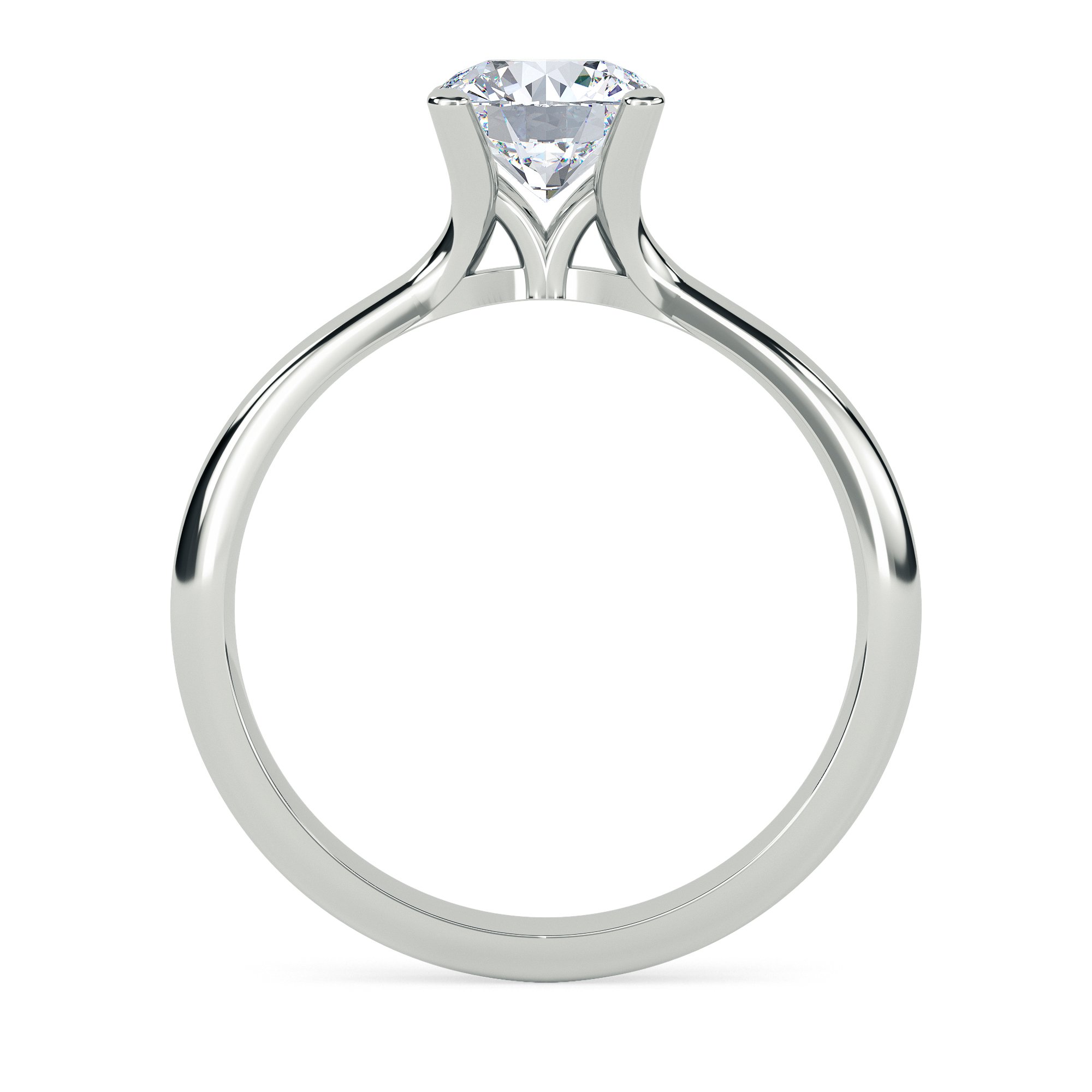
 Twitter
Twitter
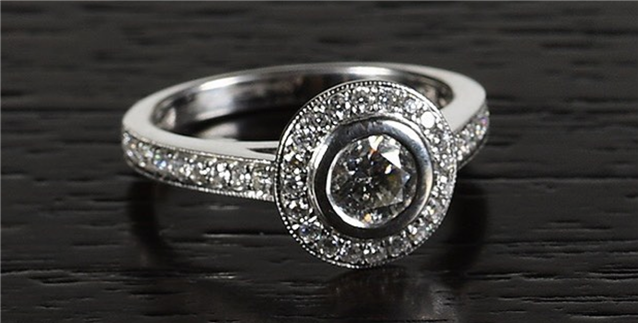 New Year’s Resolutions for 2018
New Year’s Resolutions for 2018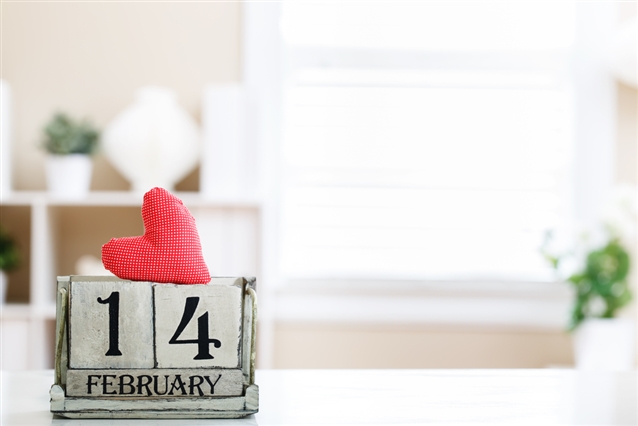 Valentine’s Day Gift Guide 2018
Valentine’s Day Gift Guide 2018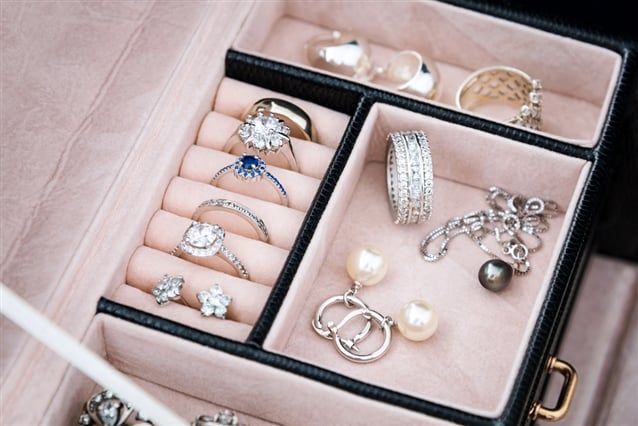 9 Pieces of Jewellery Your Winter Wardrobe Needs
9 Pieces of Jewellery Your Winter Wardrobe Needs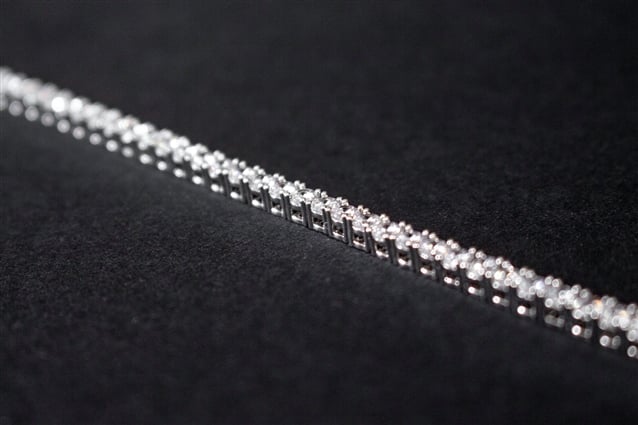 Why is a Tennis Bracelet called a Tennis Bracelet?
Why is a Tennis Bracelet called a Tennis Bracelet?